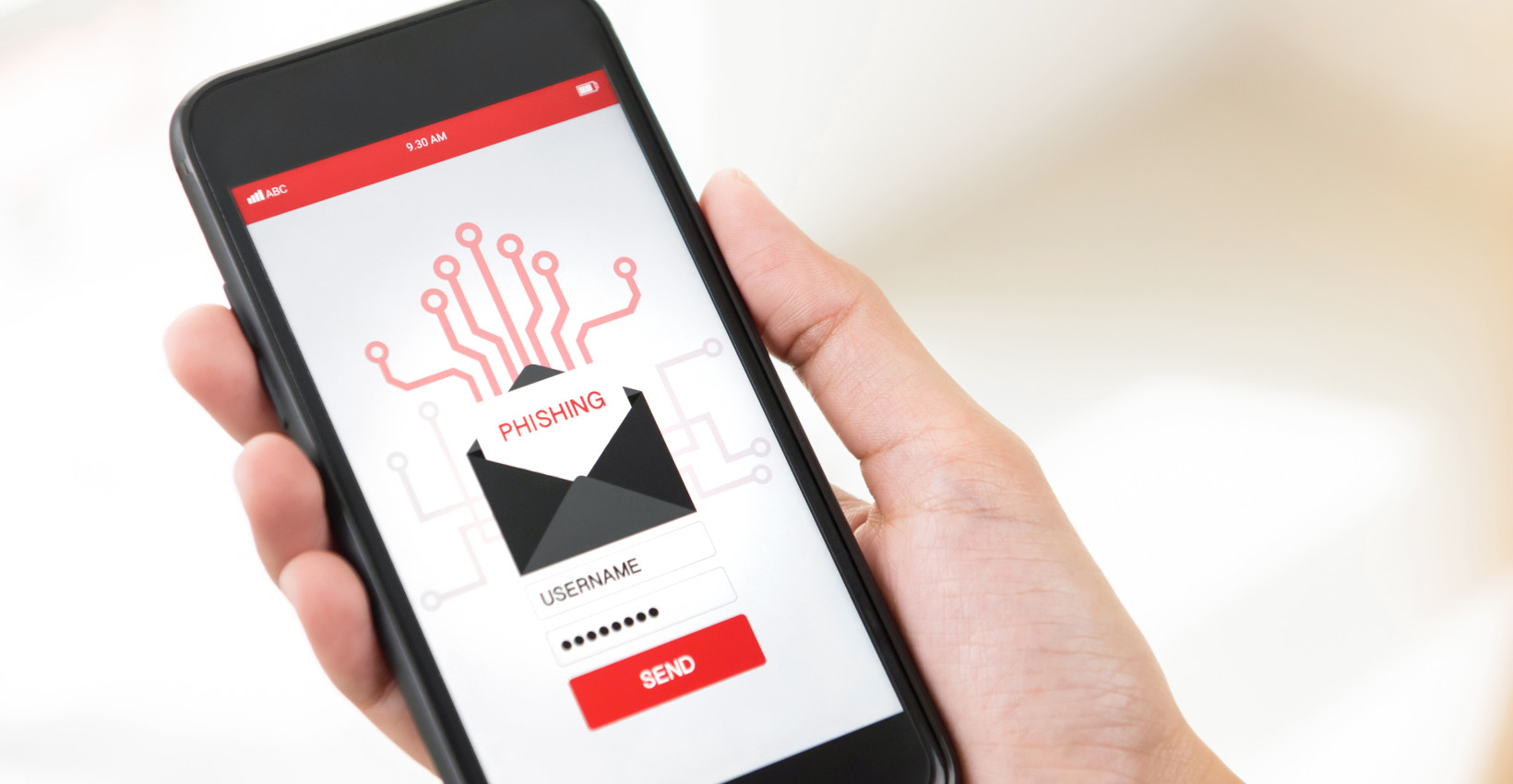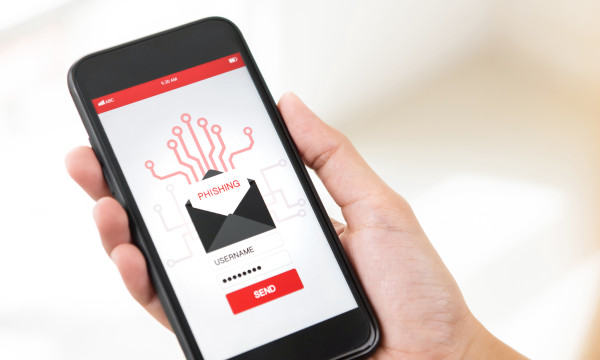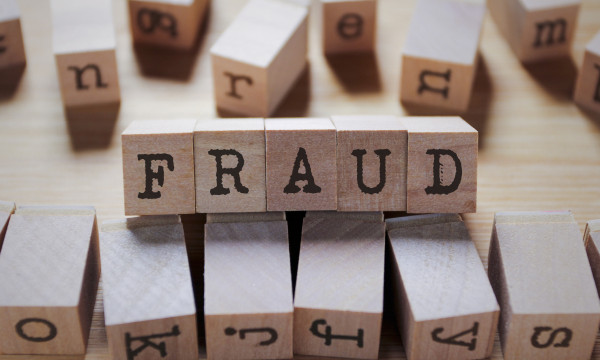Fight back against phishing scams

It’s an unfortunate truth: Bad guys are everywhere, and they’re good at what they do — which is taking hard-earned money from innocent people using phishing scams. But by learning what to watch out for and how to fight back, you can avoid falling prey to these nefarious folks. Here, we’ll talk about some common phishing scams and how to keep yourself safe.
Top phishing scams
Phishing scams are becoming more and more prevalent, whether it’s a fraudster sending an email that appears to be a legitimate one sent by your bank or a text message asking you to confirm personal info such as your bank account password, your Social Security number, or some other personal information. What’s worse, these emails, texts, and phone calls often incorporate a sense of urgency in order to make you panic — because they’ve learned over time that people are more likely to volunteer sensitive information if they believe that time is of the essence.
Regardless of whether the phishing attempt is being conducted via email, text message, phone call, or payment app request, however, there are a few preventative measures you can take to avoid falling for the scam, as well as some steps to take to prevent further damage if you accidentally get caught in a phisher’s net.
How to protect yourself
Staying vigilant is the name of the game when it comes to protecting yourself from phishing attacks! Below, we’ve rounded up a few best practices for how you can keep yourself safe:
- Avoid clicking suspicious links. If an email or text message is pressuring you to click a link, chances are it’s bad news. One good practice to implement is to always hover over an email link to reveal where it really leads; with a text, it’s wise to simply not click any links unless you can verify their legitimacy. Either way, you can always contact your bank directly to double-check.
- Watch for scare tactics. Threats, high pressure, or demands for urgent action are hallmarks of scammers, not legitimate emails, text messages, or phone calls. And no matter what, do not reply with personal info like your password or Social Security number. Remember: Your bank will never ask for this information unprompted or via email.
- Be wary of texts or calls about payment apps. If you get an unexpected call, hang up; if it’s an unexpected text, delete it. Then, verify with your bank or the payment service provider — and remember it’s always better to be safe than sorry.
- Avoid unusual payment methods. If you get a message from your “bank” asking you to send a payment via a payment app, beware — scammers have all sorts of tricks to make their requests look legitimate. When in doubt, call your bank to verify.
- Practice skepticism at all times. Think of it like driving defensively to avoid accidents — there’s no harm in being extra careful, especially when scammers are so good at making fraudulent requests like emails or texts seem legitimate.
- Think before you act. Scammers want you to feel pressured so that you’ll do something hasty, so take time to think through the situation and verify with your bank. And remember: Your bank will never try to threaten you into responding or taking action.
These are all great preventive measures, but what do you do if it’s too late and you’ve already been trapped?
What to do if you’ve been tricked
If you’ve fallen for a phisher’s scam, first of all: Don’t feel bad. These bad guys are really good at what they do, and even seasoned pros are susceptible to falling for a really well-designed phishing attack.
Secondly, if you volunteered sensitive account information such as your password or PIN, we recommend changing that password or code as soon as possible. Once a scammer has your info, it’s only a matter of time before they use it against you, so it’s best to act quickly. Similarly, you should call your bank right away to let them know what happened and ask for guidance on next steps. Your bank’s customer support line should be able to help. If you lost money or receive fraudulent charges, file a police report as well as a complaint with the Federal Trade Commission.
Ultimately, it’s important to remember that there are a lot of bad actors out there, but as long as you take your time to think before you act, contact your bank to verify strange requests, and stay skeptical, you can keep these fraudsters at bay. For more information on the different types of phishing attacks and how to handle them, click here to download a helpful guide from our friends at the American Bankers Association. And as always, remember our Customer Support team is here to help!
Learning Center articles, guides, blogs, podcasts, and videos are for informational purposes only and are not an advertisement for a product or service. The accuracy and completeness is not guaranteed and does not constitute legal or tax advice. Please consult with your own tax, legal, and financial advisors.



